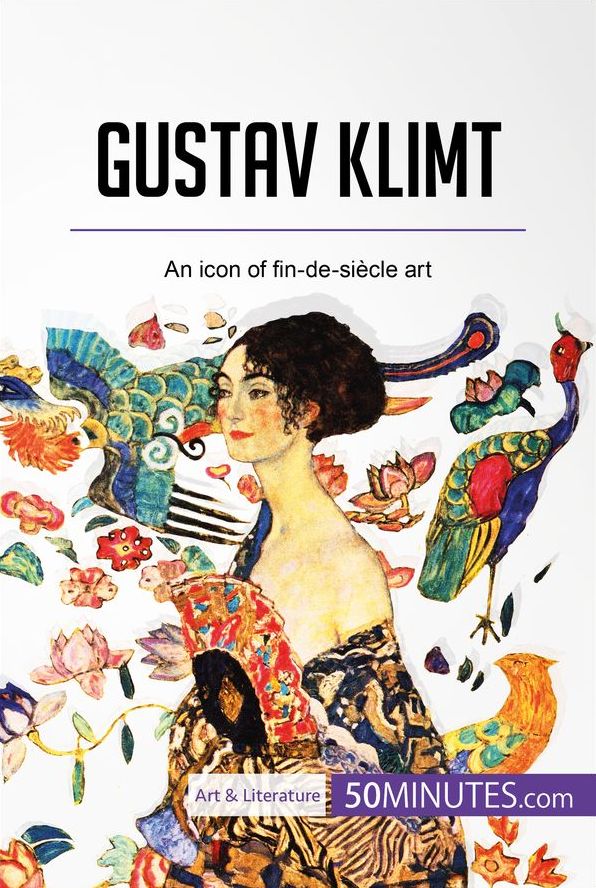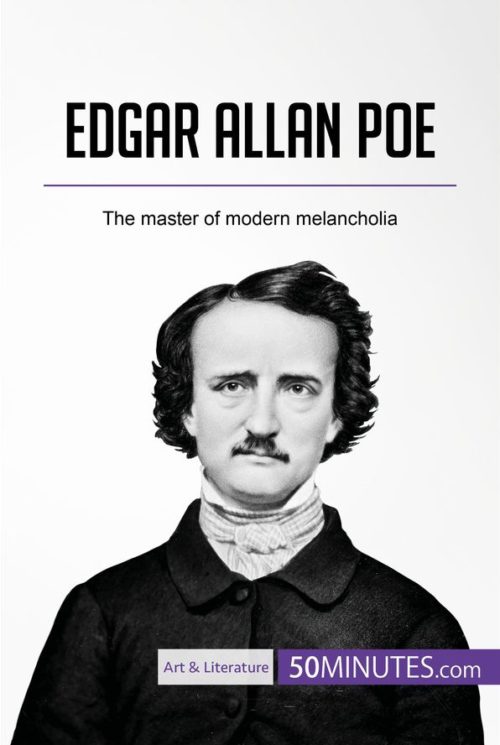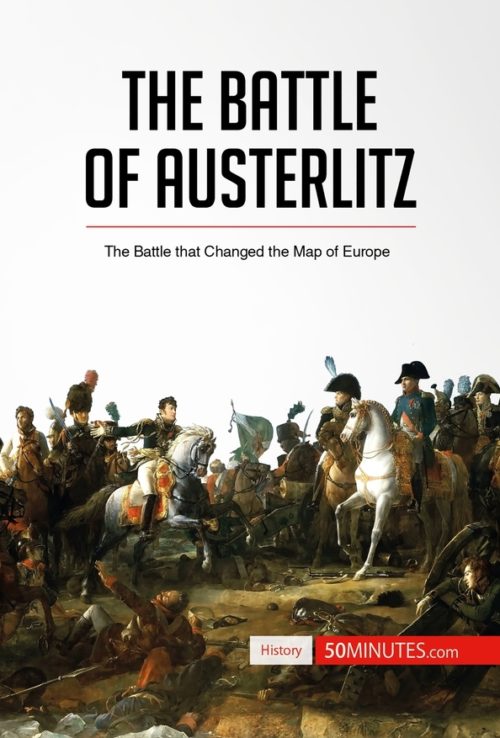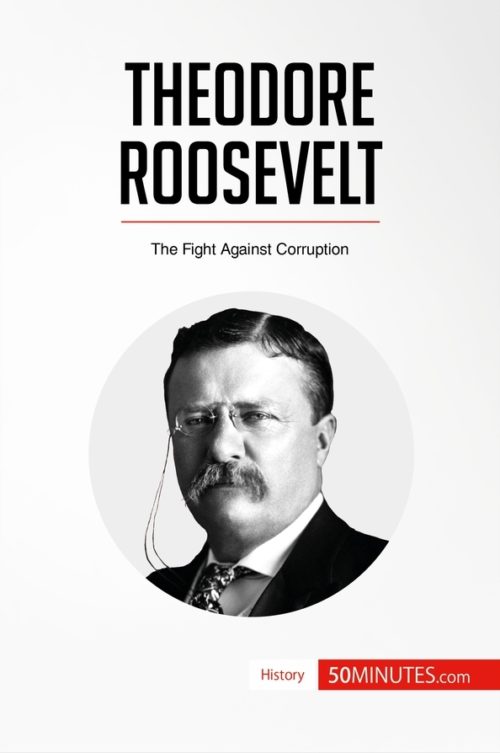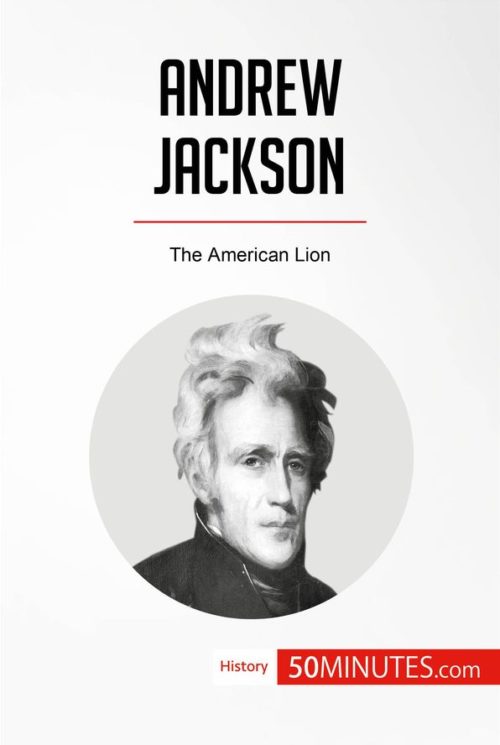Gustav Klimt
Gustav Klimt
Read more
Gustav Klimt was born in Vienna, which in the late 19th and early 20th centuries was a thriving, cosmopolitan metropolis. In 1897, he helped to found the Vienna Secession, an artistic movement which broke with the academic tradition and was closely associated with Art Nouveau. In just 50 minutes, you will find out how Klimt revolutionized the artistic scene both in his native Austria and across Europe thanks to his use of innovative artistic techniques and his unusual choice of subject matter.
This clear and straightforward guide will provide you with a discussion of Klimt’s most important works, including Pallas Athene, the Beethoven Frieze and The Kiss. It also features a full biography, an introduction to the historical context in which his work was produced, and an examination of the influence his paintings and other works had on later artists, giving you all the essential information about one of the most iconic painters of the early 20th century.
About Gustav Klimt
Gustav Klimt was born to a Bohemian father and Viennese mother, and spent his childhood living in poverty. He received a traditional artistic education at the Vienna Kunstgewerbeschule and initially produced neoclassical-style works on commission, before rejecting conventional art to adopt a new style characterized by eroticism, the use of allegory and innovative materials, namely gold leaf. His work inspired a number of later artists, including Egon Schiele and Friedensreich Hundertwasser, and several of his works are now widely regarded as masterpieces.
This insightful and accessible 64-page book is structured as follows:
- Introduction to Gustav Klimt
- Social, political and historical context
- Vienna in 1900
- The declining role of the academy
- The influence of psychoanalysis
- Biography of Gustav Klimt
- Childhood and early years
- The Vienna Secession
- Klimt’s golden years
- Characteristics of Klimt’s work
- Four main interests
- The role of light
- Notable works
- Pallas Athene
- Beethoven Frieze
- Philosophy
- The Kiss
- Danaë
- Klimt’s legacy
- Egon Schiele
- Friedensreich Hundertwasser
- Summary
Product details
| ISBN | 9782808011068 |
|---|---|
| Publisher | Plurilingua Publishing |
| Series | 50MINUTES.COM – Art and Literature |
| Format | |
| Pages | 64 |
| File size | 6.4 MB |
